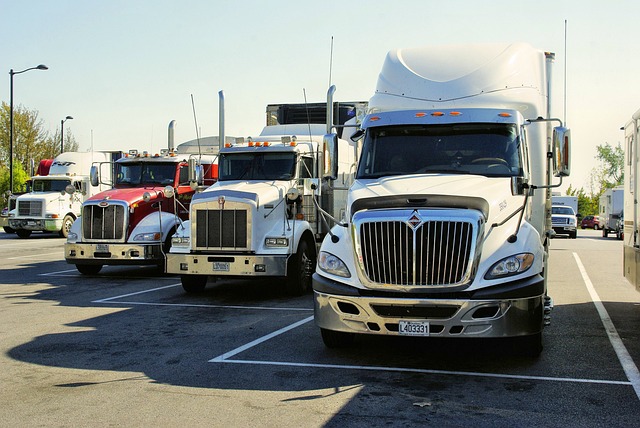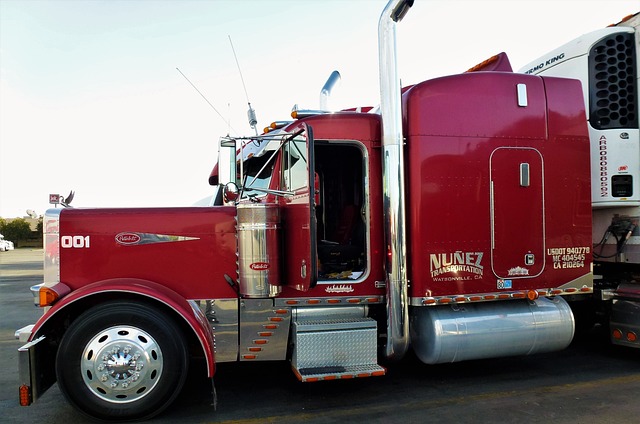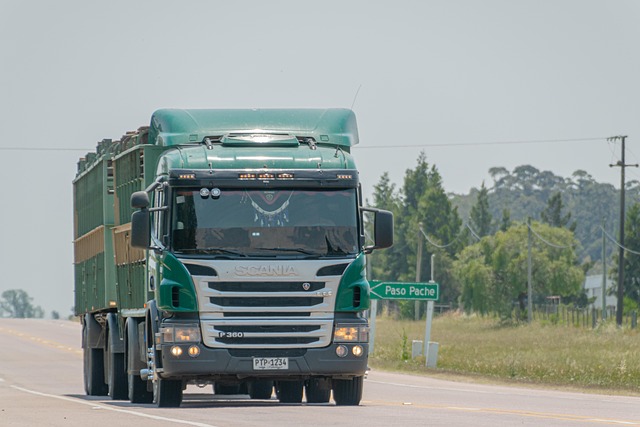Oversized vehicle insurance caters to heavy-duty trucks, addressing unique risks like mechanical issues and accidents due to their size. Insurers assess factors like vehicle type, intended use, and risk level to determine rates. Strategic planning, including comparing quotes, maintaining a clean driving record, and regular policy reviews, can help secure affordable coverage. Advanced safety features and proper maintenance lower insurance costs. Regular upkeep is essential for competitive oversized vehicle insurance rates.
In the dynamic world of trucking, securing competitive heavy-duty truck insurance rates is paramount. This comprehensive guide explores the intricacies of oversized vehicle insurance, delving into key factors influencing rates for these specialized vehicles. From understanding policy nuances to implementing safety features and maintenance best practices, we provide actionable strategies to help operators navigate the market effectively. Discover how proactive measures can lead to significant cost savings while ensuring adequate protection for your heavy-duty trucks.
- Understanding Heavy-Duty Truck Insurance: A Comprehensive Overview
- Factors Influencing Competitive Rates for Oversized Vehicles
- Strategies to Secure Affordable Coverage for Your Heavy-Duty Truck
- The Impact of Safety Features and Maintenance on Insurance Costs
Understanding Heavy-Duty Truck Insurance: A Comprehensive Overview

Heavy-duty truck insurance is a specialized form of automotive coverage designed for vehicles that surpass conventional size and weight standards, often referred to as oversized vehicles. These trucks play a vital role in the transportation of bulk cargo, construction materials, and other heavy goods, navigating both urban and rural landscapes. As such, their operators face unique risks and challenges on the road, necessitating tailored insurance solutions.
Understanding oversized vehicle insurance involves comprehending its comprehensive nature, encompassing liability, collision, comprehensive, and specific coverage options for these specialized rigs. It accounts for higher maintenance costs, advanced safety features, and the increased risk of mechanical failures or accidents due to their size and weight. By offering customized policies, insurance providers ensure that truckers and businesses are adequately protected against potential losses, ensuring the smooth operation of their fleets on our highways.
Factors Influencing Competitive Rates for Oversized Vehicles

When it comes to competitive heavy-duty truck insurance rates for oversized vehicles, several key factors come into play. These include the type and size of the vehicle, its intended use, and the level of risk associated with transporting such items. Insurers carefully consider these aspects to determine premiums, ensuring they accurately reflect the unique challenges and potential liabilities involved in insuring larger, specialized trucks.
For example, vehicles designed for carrying oversized loads often require specific equipment and features that impact insurance costs. These might include enhanced safety systems, additional liability coverage, or specialized cargo securing mechanisms. Moreover, routes traveled and operating conditions can significantly affect rates; hazardous terrain, frequent heavy traffic, or high-risk transportation of certain goods may lead to higher premiums. Understanding these influencing factors is essential for truck owners and operators aiming to secure competitive insurance rates for their oversized vehicles.
Strategies to Secure Affordable Coverage for Your Heavy-Duty Truck

Securing affordable coverage for your heavy-duty truck involves strategic planning and understanding the unique considerations these vehicles entail. One key strategy is to compare quotes from multiple insurers, as rates can vary significantly between providers. Specialized insurance brokers who cater to oversized vehicle insurance can offer valuable insights into market trends and help you find competitive rates.
Additionally, maintaining a clean driving record is paramount. Tickets, accidents, or violations can dramatically increase premiums. Regularly reviewing your policy terms and conditions is also essential, as well as staying informed about safety upgrades and technologies that could lower your risk profile. Bundling your insurance with other policies from the same insurer often results in substantial discounts, making it a practical strategy for long-term savings.
The Impact of Safety Features and Maintenance on Insurance Costs

The inclusion of safety features in heavy-duty trucks can significantly influence insurance costs for owners and operators. Modern vehicles equipped with advanced driver assistance systems (ADAS), such as collision avoidance, lane departure warning, and adaptive cruise control, often attract lower premiums due to their enhanced safety profiles. These features demonstrate a reduced risk of accidents, making them more appealing to insurers. As a result, investors in these vehicles can expect competitive oversized vehicle insurance rates, especially when combined with proper maintenance practices.
Regular maintenance plays a crucial role in keeping heavy-duty trucks safe and insurable. Well-maintained vehicles are less likely to experience mechanical failures or breakdowns, which can lead to costly accidents. Insurers often consider a truck’s maintenance history when calculating premiums. A well-documented service record, including timely oil changes, brake checks, and engine tune-ups, can contribute to favorable insurance rates. Conversely, a history of neglect may result in higher premiums as insurers perceive these vehicles as more susceptible to issues that could impact safety and increase claims.
In navigating the complex landscape of heavy-duty truck insurance, understanding the factors that influence rates for oversized vehicles is key. By recognizing the impact of safety features, maintenance practices, and operational considerations, fleet owners can make informed decisions to secure competitive, yet comprehensive, coverage. Implementing strategic choices outlined in this article will empower operators to find affordable options without compromising protection, ultimately fostering a safer and more sustainable trucking industry.
